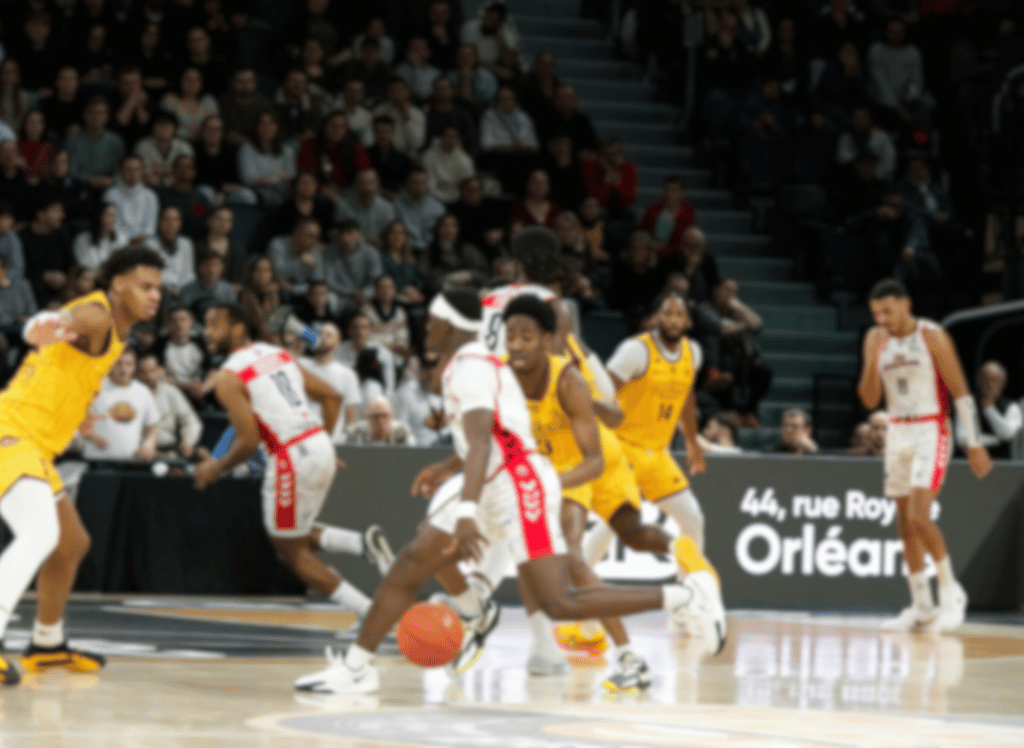Basketball, a game full of dunks, dribbles, and drama, also comes with its fair share of complex rules that can make even a seasoned coach scratch their head. One such puzzling concept? The restricted area. This isn't just any part of the basketball court; it's like the VIP section at a concert - not everyone can just bust in there!
What is the restricted area in basketball?
The restricted area is the arc beneath the hoop where defensive players are restricted from drawing charging fouls if they are inside this area during an offensive player's upward motion. This rule is designed to promote safer play around the hoop.
Defensive players cannot draw charging fouls if they are standing inside this imaginary semi-circle.
Rules of Engagement
Now, let’s talk turkey—basketball turkey.
If a defensive player, say your team's towering center, is positioned inside this area and contact occurs with an offensive player who is taking a shot, the referees will likely call a blocking foul instead of an offensive foul. This rule is there to prevent injuries and to keep the game flowing by discouraging the primary defender from just camping out under the basket.
Offensive Strategies and the Restricted Area
Offensive players, those wizards with the ball, need to be aware of the restricted area. When they're executing plays, knowing that a secondary defender cannot legally take a charge in this zone might encourage them to drive more aggressively close to the hoop. Coaches often design plays to exploit this rule, sending players on a beeline to the basket, hoping to draw fouls or get easy layups. It’s like giving them a map to the treasure and the X marks the restricted area.
Defensive Dilemmas and Solutions
On the flip side, defenders have to be sharp as tacks. Since they can't use the restricted area to draw charges, they need to establish a legal guarding position outside the arc. This requires quick feet and even quicker thinking. It’s a dance, really, with the offensive players pushing the tempo and the secondary defenders trying to keep up without stepping on their partner's toes.
Impact on Game Dynamics
Understanding the restricted area can affect the outcome of a basketball game. For instance, during those nail-biting last few seconds of a close game, knowing where you can and cannot stand could be the difference between a win or a loss. It’s like knowing if you’re allowed to cut the red wire or the blue wire in a high-stakes game of Bomb Squad.
Coaching the Restricted Area
Aside from being in the key too long, coaches must teach their players the significance of the restricted area. This involves not just chalk talks but also practical, on-court drills to help players instinctively know where the restricted area arc is in relation to their position on the court. After all, in the heat of the game, there’s no time to pull out a measuring tape!
Restricted Area Basketball FAQ
Learn more about the restricted area and browse through some frequently asked questions:
What does the restricted area in basketball mean?
The restricted area in basketball refers to the semi-circle arc area beneath the hoop where defensive players are not allowed to draw charging fouls on offensive players.
Has the restricted area always been a part of basketball rules?
No, the restricted area was introduced to the NBA in the 1997-1998 season to enhance game flow and reduce collisions under the basket. Its adoption varies in other leagues and levels of play.
Can an offensive player be called for a foul in the restricted area?
Yes, offensive players can still commit fouls in the restricted area, such as charging, but it depends on the position and movement of the defensive player at the time of contact.
How is the restricted area used during free throw attempts?
When shooting free throws, the restricted area doesn't directly impact the rules, but players must be aware of lane lines and positioning to avoid violations like lane violations.
What is the restricted area distance in the NBA?
In the NBA, the restricted area has a radius of 4 feet from the center of the hoop. Any defensive player standing inside this arc during an offensive player's upward motion cannot draw a charging foul. However, this distance may vary in other leagues and levels of play.
What is the restricted area in NCAA women's basketball?
Under the rule change in 2023, the restricted area in NCAA women's basketball is the area under the basket.
Can you contest a shot inside the restricted area?
Yes, defensive players can still contest shots inside the restricted area by jumping vertically and not initiating contact.
Why is it called the restricted area?
The restricted area is called so because it limits the actions and movements of defensive players in that particular zone.
Summary
The restricted area in basketball is not just a part of the court; it's a crucial zone that influences many aspects of the game, from strategic plays to the types of fouls called. Both offensive and defensive players need to understand its boundaries and rules to play effectively.









